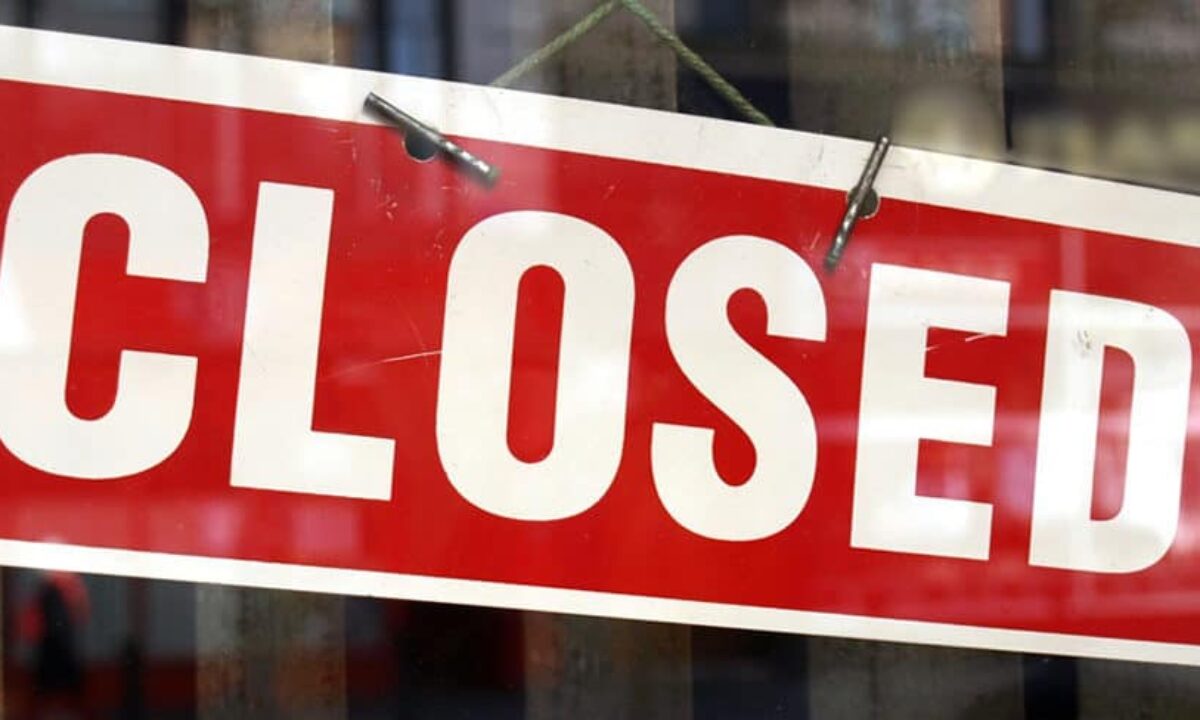Company Liquidation Fundamentals Explained
Company Liquidation Fundamentals Explained
Blog Article
Company Liquidation Can Be Fun For Anyone
Table of ContentsAbout Company LiquidationAn Unbiased View of Company LiquidationGetting My Company Liquidation To WorkAn Unbiased View of Company LiquidationIndicators on Company Liquidation You Should Know
A liquidator is specifically appointed to supervise the ending up of a firm's events in order for it to be folded usually when the company is declaring bankruptcy. The liquidator is an objective third celebration who supervises the sale of business possessions in order to settle any type of superior debts.Their duty consists of, however is not limited to: Objective Overseer: A liquidator is charged with serving as a neutral 3rd party to oversee the whole firm liquidation process. Produce Statement of Matters: Liquidators have to create a detailed statement of affairs document. This file is dispersed to creditors, outlining the present economic condition of the company at the time of its liquidation.
After the liquidation of a company, its presence is removed from Business Residence and it stops to be a legal entity. If supervisors browsed the procedure without issue, there would certainly be no penalties or individual responsibility for strong financial obligations anticipated. Now, with a fresh start, directors can check out new organization opportunities, though specialist consultation is recommended.
Some Known Factual Statements About Company Liquidation
If more than 90% of all firm investors agree, liquidation can take place on brief notification within 7 days, the minimal statutory notice for lenders. Usually, the bigger the liquidation and the even more assets and resources the service has, the longer the process will take.

We recognize that no 2 companies coincide, which is why we will take the time to be familiar with your company so we can advise the most effective strategy for you. We just operate in your benefits, so you can be completely certain in the solution we provide.
5 Simple Techniques For Company Liquidation
In the UK, there is an established process to closing down or restructuring a limited firm, whether it is solvent or insolvent. This procedure is understood as liquidation and can just be managed by an accredited bankruptcy practitioner (IP) in conformity with the Bankruptcy Act 1986. There are 4 major kinds of firm liquidation process: Lenders' Voluntary Liquidation (CVL); Required liquidation; Administration; and Participants' Volunteer Liquidation (MVL).

In these circumstances, it is necessary that the business discontinues trading; if business continues to trade, the directors could be held directly accountable and it can cause the bankruptcy specialist reporting wrongful trading, referred to as misfeasance, which may lead to lawsuit. The directors designate an insolvency expert and once this has actually been concurred and verified, there is a meeting with the shareholders.
Certainly, if there are no shareholders, this important link step of the process is not needed (Company Liquidation). The IP takes control of the business and starts the company liquidation procedure. The supervisors are no much longer associated with what occurs, consisting of the sale of the business's assets. If the supervisors desire any of the properties, they can alert the IP.
How Company Liquidation can Save You Time, Stress, and Money.
The major difference is that the business's lenders applied to the court for a winding up order which requires the insolvent business right into a liquidation procedure. In a lot of cases, financial institutions take this action as a last resource due to the fact that they have not obtained settlement through other types of arrangement. The court appoints a bankruptcy professional, likewise referred to as a main receiver, to carry out the compulsory firm liquidation process.
This sort of company liquidation is not volunteer and directors' conduct is reported to the UK's Assistant of State once the liquidation procedure has actually been finished. Any type of supervisor that falls short to coordinate with the IP or has been entailed in director misconduct, or a deceptive act, may result in significant consequences.
It is made use of as a way to protect the business from any kind of lawsuit by its lenders. The directors of the business consent to make normal repayments to resolve their debts over a time period. The designated administrator takes care of the voluntary administration procedure, and receives the payments which they then disperse to next lenders according to the concurred quantities.
More About Company Liquidation
This supplies the firm with time to develop a plan going onward to rescue the company and stay clear of liquidation. At this factor, directors hand control of the company over to the appointed manager. If a company is solvent but the directors and shareholders intend to shut the business, a Participants Voluntary Liquidation is the right option.
The firm liquidation process is handled by a liquidator designated by the supervisors and investors of the firm and they must authorize an affirmation that there are no creditors remaining. The liquidation process my latest blog post for an MVL resembles that of a CVL in that assets are realised yet the earnings are dispersed to the supervisors and the shareholders of the firm after the liquidator's costs have actually been paid.
Report this page